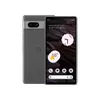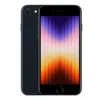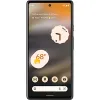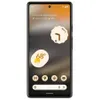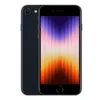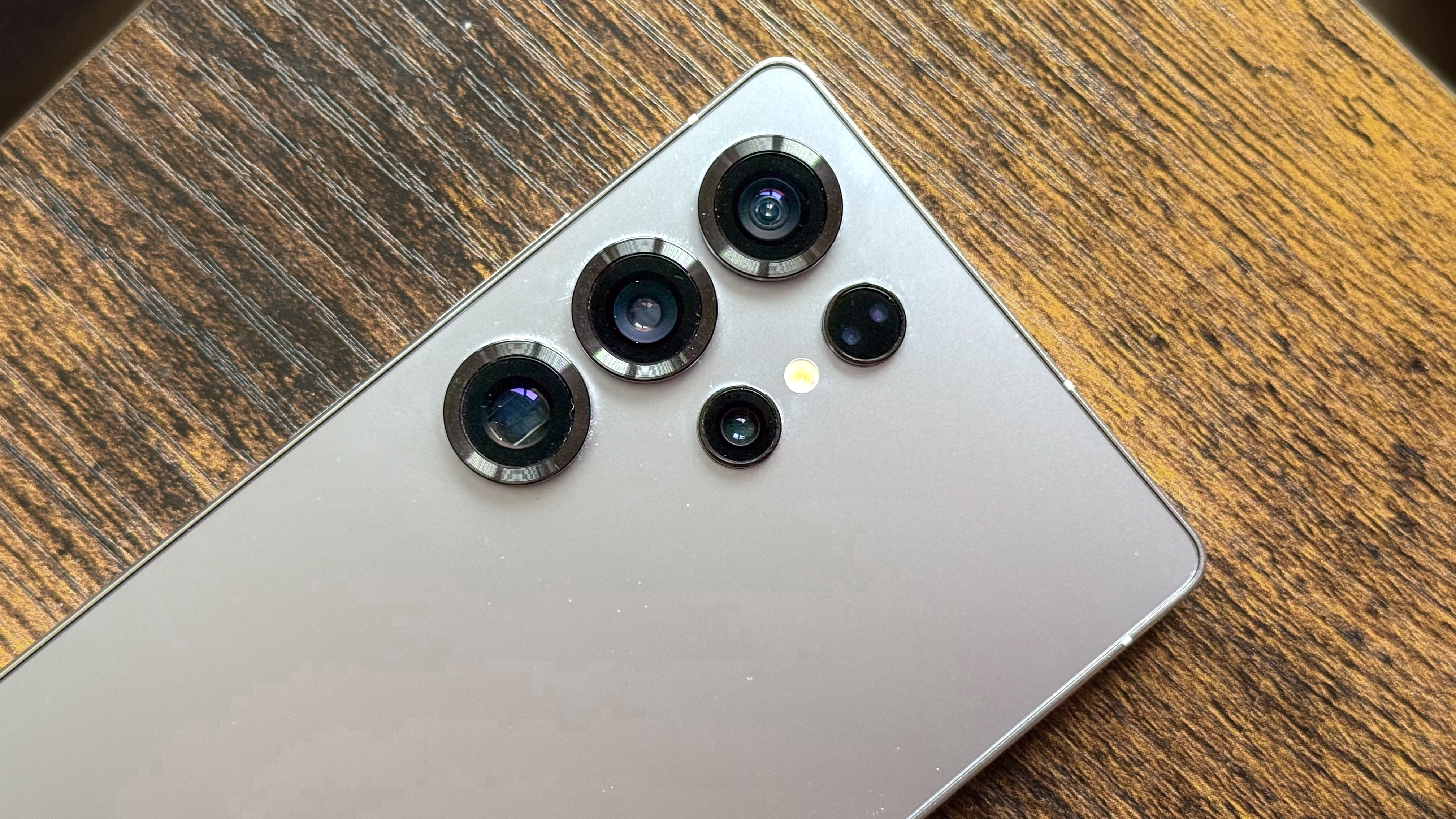Boost Mobile streamlines unlimited data plans to show off its 5G network reach
Get unlimited data starting at $25 per month with Boost's new plans
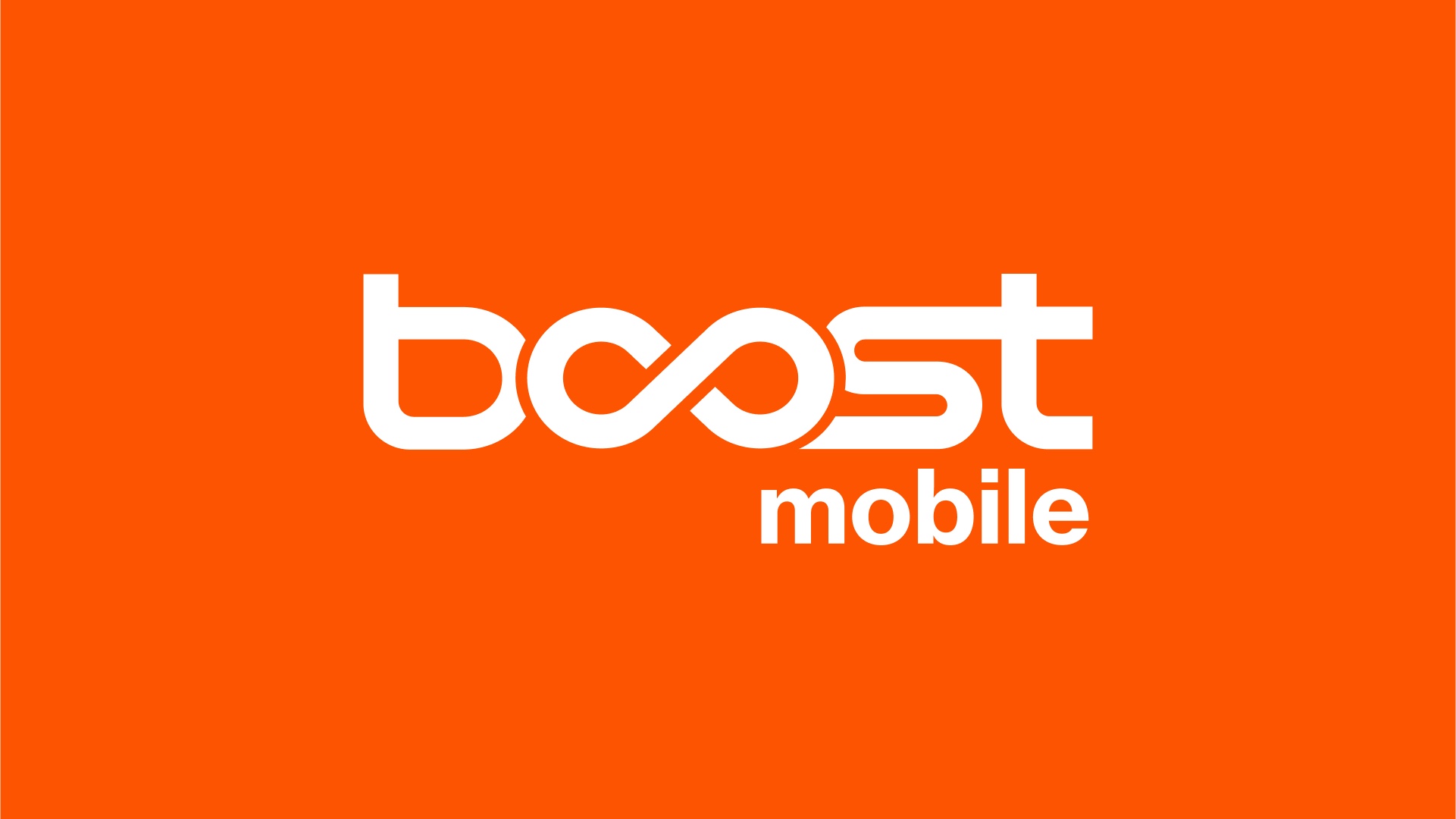
Boost Mobile is touting a new nationwide 5G network to challenge the Big Three wireless carriers. And that means a rebranding to bring its different wireless plans under one roof.
Boost had previously split its wireless business into a postpaid service that offered a wide array of plans, as well as the postpaid Boost Infinite offering that promised unlimited data for customers. Those different options will now be available through the rebranded Boost Mobile service, with a streamlined array of four new unlimited data plans.
"How a customer pays is not a product," said Sean Lee, Boost Mobile's vice president of product and marketing to explain why the carrier is bringing its disparate offerings under one roof.
The revamped plans from Boost now start at $25 for unlimited data, which the carrier contrast with the least expensive unlimited data plans from its Big Three rivals. The cheapest of the bunch — the $50 Essentials Saver plan at T-Mobile — is still twice what Boost Mobile plans to charge, while postpaid unlimited plans at AT&T and Verizon start at $51 and $65, respectively. (You'll find less expensive unlimited options among prepaid plans at AT&T and Verizon, though they still don't beat the monthly rate of Boost's $25/month unlimited plan.)
Boost Mobile's $25/month Unlimited plan is appealing in another way. Boost will lock in that rate for as long as you stay with the carrier when you sign up now with autopay.
Boost will also offer unlimited data plans with monthly costs of $50, $60 and $65 per line. The different tiers of plans carry different perks such as premium data amounts (that is, the amount of data you can consume each month before you run the risk of having your speeds throttled), hotspot data and whether you're eligible for an annual device upgrade.
| Plan | Monthly cost | Premium data | Other perks |
| Unlimited | $25 | 30GB | Price-lock with autopay |
| Unlimited Plus | $50 | 40GB | Hotspot data, global talk and text |
| Unlimited Premium | $60 | 50GB | Hotspot data, global talk and text, North America Connect |
| Infinite Access | $65 | 30GB | Global talk and text, North America Connect, annual device upgrade |
The $60 and $65 Unlimited Premium and Infinite Access plans, for example, both include access to North America Connect, which allows you to use talk and text plus 5GB of data when you travel to Canada and Mexico; you can also call and text to those countries. Infinite Access adds an annual device upgrade, just like the previous Boost Infinite plan.
Sign up to get the BEST of Tom's Guide direct to your inbox.
Get instant access to breaking news, the hottest reviews, great deals and helpful tips.
Boost had been a subsidiary of Sprint, but as part of T-Mobile's Sprint purchase, the discount carrier had to be spun off. Dish Network bought Boost in 2020, with an eye toward turning the service into a fourth major wireless carrier. Dish merged with EchoStar last year, and the combined company — which owns operates Boost — now goes by the EchoStar name.
During that time, Boost has been building out its own nationwide network, which the company says is a cloud-native Open RAN (or radio access network) 5G network. Boost says the approach allows it to provide wireless coverage more efficiently. The carrier continues to use AT&T and T-Mobile networks to supplement its coverage, with the end result being that Boost says it can reach 99% of the U.S. with its extended network.
As part of its rebranding effort, Boost Mobile also plans to launch a program where you can try the service risk-free for 30 days; customers who aren't satisfied with coverage during that period can get their money back from Boost.
More from Tom's Guide
- Best phone carriers
- Best cheap cell phone plans
- Total revamps its prepaid wireless service, with 5-year rate guarantee, discounts for families
Philip Michaels is a Managing Editor at Tom's Guide. He's been covering personal technology since 1999 and was in the building when Steve Jobs showed off the iPhone for the first time. He's been evaluating smartphones since that first iPhone debuted in 2007, and he's been following phone carriers and smartphone plans since 2015. He has strong opinions about Apple, the Oakland Athletics, old movies and proper butchery techniques. Follow him at @PhilipMichaels.
